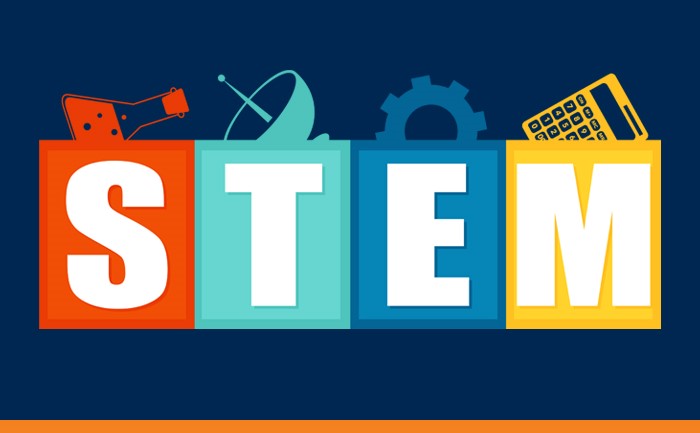The most dangerous myth in STEM is that good data speaks for itself. In a world saturated with information, groundbreaking research presented poorly is often ignored, while mediocre ideas communicated clearly can gain undeserved traction. Clear, engaging writing is not a “soft skill” tangential to your technical work; it is the critical delivery mechanism that ensures your research has an impact.
Your role is not just to be a scientist or engineer, but to be an expert narrator of your own work. This guide details the three essential mindset shifts that will transform your dense technical reports into persuasive, clear, and engaging essays.
Mindset Shift #1: From “Data Dump” to “Guided Tour”
The Problem: The most common mistake in STEM writing is the “data dump.” The writer assumes the reader is a mind-reader and presents methods, data points, and results in a linear fashion without a clear narrative thread. The essay reads like a disconnected lab notebook, forcing the reader to do all the work of connecting the dots.
The Solution: Treat your essay like a guided tour of your research. You are the expert guide, and the reader is your intelligent but uninformed guest. Your job is to lead them from the “problem” to the “solution,” pointing out the important landmarks along the way.
- Action Tip: Use Aggressive Signposting. Signposting involves using transitional words and phrases to explicitly state the logic of your argument. They are the “you are here” signs on your intellectual map.
- To introduce a reason: “A primary motivation for this experiment was…”
- To connect a result to a method: “This result directly stems from the use of the XYZ analysis…”
- To state an implication: “A key consequence of this finding is…”
- To signal a shift: “Having established the parameters, we now turn to the results…”
- Action Tip: Frame it as a Narrative. The standard IMRaD (Introduction, Methods, Results, and Discussion) format is inherently a story. Use this to your advantage.
- Introduction: What was the compelling problem or question? (The inciting incident).
- Methods: What specific steps did you take to solve it? (The rising action).
- Results: What did you discover? (The climax).
- Discussion: What does it all mean for the wider world? (The resolution).
This narrative structure is not just for English papers; it’s a logical framework for any complex project. Even in a technical field, effective programming help often involves telling the “story” of how a piece of code solves a specific, real-world problem.
Mindset Shift #2: From “Jargon as a Crutch” to “Precision as a Goal”
The Problem: Many writers use overly complex, technical jargon not because it’s the most precise language, but to sound more “scientific” or to cover up a lack of true understanding. This alienates non-expert readers and can often make the writing less clear even for experts.
The Solution: Use technical language as a scalpel, not a sledgehammer. The goal is always maximum clarity and precision.
- Action Tip: Define on First Use. The first time you introduce a critical piece of jargon, provide a brief, elegant definition. This shows respect for your reader and confidence in your own knowledge. For example: “The samples were analyzed using a gas chromatograph, an instrument that separates chemical components for analysis.”
- Action Tip: Master the Analogy. A simple, well-placed analogy is one of the most powerful tools in technical writing. It can make an abstract concept instantly concrete for the reader. Explaining DNA transcription using the analogy of “copying a recipe from a master cookbook” is far more effective than a paragraph of dense terminology.
Mindset Shift #3: From “Passive and Wordy” to “Active and Concise”
The Problem: An outdated tradition in scientific writing has led to a heavy reliance on the passive voice (“The solution was heated to 100°C”) and wordy, formal phrases (“due to the fact that,” “it is important to note that”). This makes writing feel slow, weak, and evasive.
The Solution: Embrace the active voice and be merciless in cutting fluff. Modern STEM writing values directness, clarity, and conciseness.
- Action Tip: Put the “Doer” First (Active Voice). Instead of hiding the person or thing performing the action, put them at the front of the sentence.
- Passive: “The sample was prepared by the research assistant.”
- Active: “The research assistant prepared the sample.” The active version is shorter, more direct, and has more energy.
- Action Tip: Perform a “Fluff-Free” Edit. Search your draft for common “filler” phrases and delete them. They add words but not meaning.
- “In order to” can almost always be replaced with “to.”
- “Due to the fact that” can be replaced with “because.”
- Phrases like “It is interesting to note that…” or “In conclusion, it can be said that…” should be deleted. Just state the interesting fact or your conclusion directly.
This dedication to clear, impactful communication is a value upheld by the academic professionals at EssayEmbassy.com. Cutting unnecessary words is a sign of a confident and respectful writer.
Ultimately, clarity is the vehicle through which scientific truth is communicated. Your data and ideas, no matter how brilliant, are only as powerful as your ability to explain them. By shifting your mindset from that of a passive documenter to an active guide, you are not just improving your grade on an essay; you are learning the essential skill of making your technical knowledge matter to the world.
